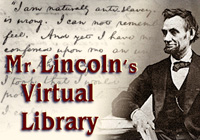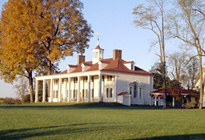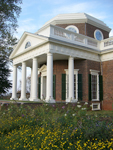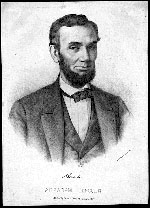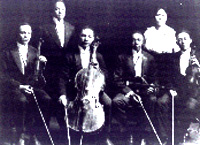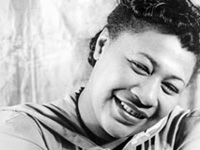This website, which draws from C-Span Radio, is a useful resource for researching or teaching 20th-century American political history. It assembles audio recordings from such sources as the National Archives, presidential libraries, the Smithsonian Institution, and the Library of Congress. It "presents interviews, debates, oral histories, news conferences, and speeches with past presidents, legislators, and other important figures in American politics." Selecting "Past APA programs available online" provides the full list of 29 archived programs. Program subjects include persons such as W.E.B. DuBois; Indira Gandhi; Eleanor Roosevelt; NASA astronauts; Presidents Harry Truman, Richard Nixon, Jimmy Carter, Dwight Eisenhower, and Gerald Ford; and Civil Rights leaders A. Philip Randolph, Malcolm X, and Thurgood Marshall. They also include thematic topics such as the Reagan presidency, women in journalism, ex-slave narratives, Iraq war stories, Congressional leaders, the voices of World War II, and American POWs. Many of the topics feature multiple programs.
All programs are recordings of the original C-SPAN Radio program and must be listened to as originally broadcast. Playback of the programs requires media player software to be installed (free downloads can be accessed from the site).
The above recordings appear to no longer be available on the C-Span website. The history section, http://www.c-span.org/History/, suggested as an alternative offers full video programming, often discussions of historical topics. However, the page appears to feature recent video, with over 2,000 "recent events" which cannot be sorted or searched. Video search does not offer an option to select material on historical topics, so searching will pull from the entire C-Span website. As a result, the site offers a great deal of undoubtedly useful material which is nearly impossible to access. Unpublishing.
